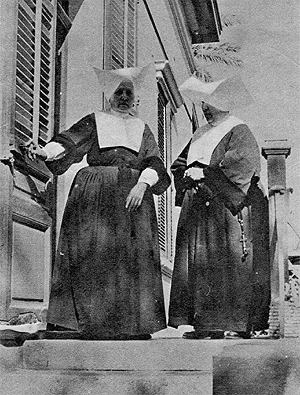

MOUNTING TENSION IN ISMAILIA: SCENES BEFORE THE BATTLE FOR THE POLICE H.Q.

On January 25, British forces under General Erskine's command in the Canal Zone began the disarmament of the Egyptian auxiliary police in Ismailia, with the approval of his Majesty's Government. This action was taken only after every effort had been made to persuade the Egyptian Government to bring these auxiliary police under control. These police had either condoned terrorist activities or had taken part in them. When they refused to surrender, the police headquarters in Ismailia, the Caracol and the group of buildings known as the Bureau Sanitaire (in which the majority of the auxiliaries were sheltered) were attacked by British forces and 790 Egyptian police were taken into custody. The great majority of these were auxiliaries.
The assault on the Bureau Sanitaire in Ismailia began with mortar, tank and armoured-car fire and then a Centurion tank breached the outer wall and infantry charged in. During the advance across the courtyard three British fatal casualties took place. There was more mortar fire and the tank advanced through a low building to the main police building. The Infantry continued to assault and at 10:30 am the first surrenders of auxiliary police took place. The buildings were in a state of great confusion with dead and wounded lying everywhere. The auxliary police are normally armed with sticks, but inside this headquarters 552 rifles, sub-machine guns and pistols and more than 100,000 rounds of ammunition were found. Meanwhile, there had been no fighting at the Caracol and attempts were renewed to persuade the regular police stationed there to surrender.
After the fall of the Bureau Sanitaire, in which about 600 Egyptian auxiliary police were taken prisoners and forty killed, prolonged attempts were made to persuade the regular police in the Caracol to surrender. A time-limit was given and later extended, but there was no sign of surrender and the Lancashire Fusiliers and the armoured cars of the Royal Dragoons opened fire with small arms and 2-pounders for about three minutes. After this firing about twenty regular police, well-known and friendly to British Servicemen, walked out and shortly after the remainder followed. Only one Egyptian was killed and three wounded in this brief action. Another armoury and large quantities of ammunition were found in the building. Later in the day, two police officers and fifty constables were allowed to return to their duties, and by the afternoon all was quiet in the shaken town.
Some of the 790 Egyptian police who became prisoners of the British Forces in the Canal Zone as the result of the seizure of two police buildings in Ismailia. Some of the rank and file prisoners sitting in an improvised cage under British guard: and senior Egyptian police officers under guard.
EGYPTIAN POLICE ROUNDED UP DURING THE "BATTLE OF ISMAILIA" IN WHICH TWO POLICE HEADQUARTERS WERE TAKEN
On January 25 British troops under General Erskine's command assaulted and took by force the two main police headquarter buildings in Ismailia, in the Canal Zone. The action, in which infantry, tanks and armoured cars were employed, was the result of the refusal of the Egyptian police to surrender and lay down their arms. This surrender had been called for as a result of the Egyptian Government's threat to use force if British operations in the town were continued; and more immediately to remove the threat to British security which lay in the behaviour of the ill-disciplined and dangerous auxiliary police. After heavy fighting which lasted three hours, and which resulted in the death of three British soldiers and forty-one Egyptian policemen, about 790 Egyptian police (of whom about 100 were regulars) surrendered. In one of the police buildings 552 rifles, sub-machine guns, pistols and over 100,000 rounds of ammunition were found.